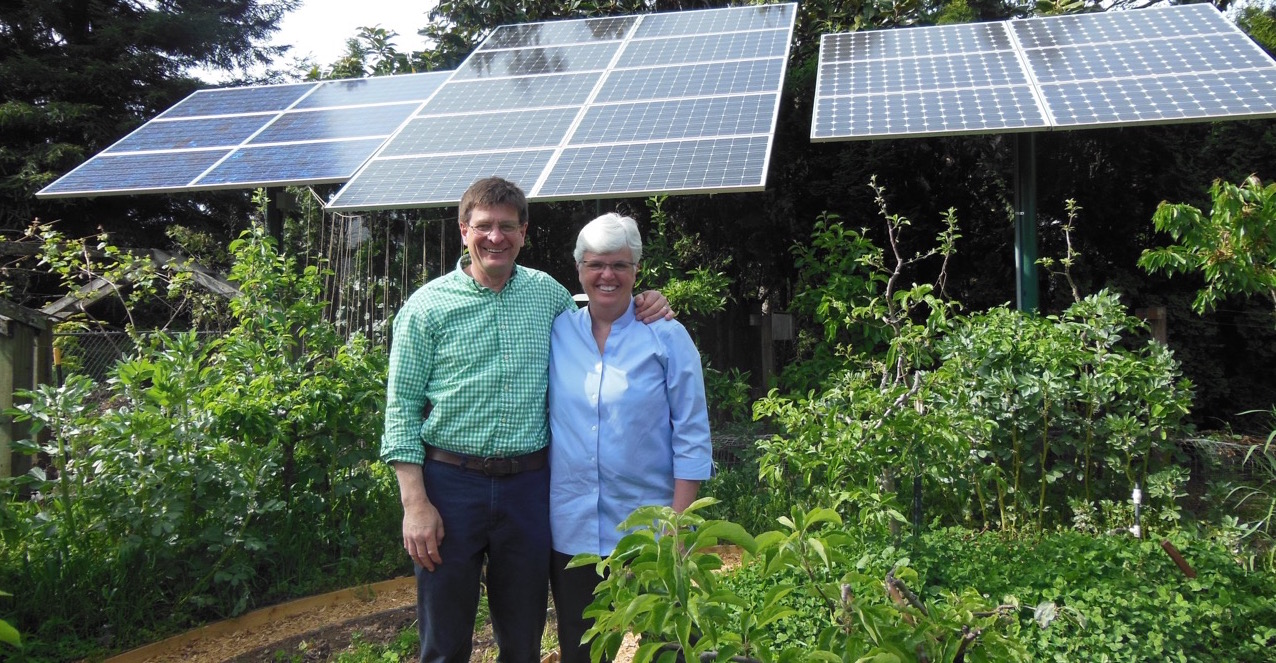The 5th segment of Pitney Passive House: The Movie is titled Windows, or, as I like to call it:
Windows On A New World
or
Why In The Hell Do We Have To Ship Windows From Lithuania?
As I was preparing to teach a course on Climate Justice this summer, I ran across a super critical piece of information we all need to grasp and quickly apply. Research done by the Political Economy Research Institute (PERI) of the University of Massachusetts Amherst finds that extractive industries currently employ nearly 200,000 Americans and pay some employees as much as $42.90 per hour. These jobs are a valid concern. We must be talking with each other much more seriously about what will make for a just transition as we need to move with great speed toward a clean energy economy. Their research shows that moving to a society powered by renewable energy would create 2.7 million new jobs without any additional investment dollars from the public or private sectors: 200,000 jobs lost and 2.7 million jobs gained.
I share this information because, the more people we show through our house by personal and virtual tour, the more we have to answer the question: why Intus Windows from Lithuania? The simple answer is that there are very few window manufacturers in North America making windows to the high Passive House standard and none that would meet the standard AND fit our budget. This is the kind of manufacturing that will cleanse and heal our atmosphere while putting more people to work at living wage jobs. It is so critical that we elect political leaders at all levels of government this fall, who believe the science of climate disruption and humanity’s responsibility for it and will quickly bring all stakeholders together to cooperate in building this new economy, because, so often, the changes that make the real difference are ones that grow from bold new public policy supported by diverse stakeholders. A good example is the policy just passed in the State of California that all new construction will be Net Zero construction by 2022. Think of the new industry that will be created to meet that goal, think of the meaningful work and the bright future for our grandchildren. We can do this.
As you will hear John Mead describe in this segment, these windows are so well insulated, engineered and positioned in the building design that, in the course of each year, we will gain more heat from the windows than we will loose. One of the exciting things for us is learning how to live in our house and manage the energy. As we were moving in and getting settled in mid-March, sometime in the first 3 weeks, temperatures spiked to over 100 degrees for three or four days. Yes, it was unseasonably warm, and it was an immediate and blinding flash of the obvious that it probably will be a greater challenge to keep the house cool in the summer than it will be to keep it warm in winter. What we are learning is how critical it is for us to shade the south-facing glass in summer. Eventually they will be shaded by grape vines on a trellis yet to be built. In the meantime we have hung some brightly colored and overlapping shade sails over the south patio and it looks as though it will also be critical to shade the one west-facing window on hot afternoons. Even with the Heat Recovery Ventilator working around the clock, we open all our windows as soon as it cools down outside after hot summer days and close them up in the morning, just as we have in other houses we’ve occupied. We need to pay close attention to the times of day when it is optimum to run loads of clothes through the dryer, vented into the envelope. Of course in the winter we will need to remove the shades to get as much heat from those windows as possible and just maybe, when the temperature really crashes, we’ll just have to break down and invite a whole bunch of neighbors to do Pilates together in our living room. Who knows?
5-Windows – Cellar Ridge Pitney Passive House V2 from Ryan Ao on Vimeo.









Recent Comments